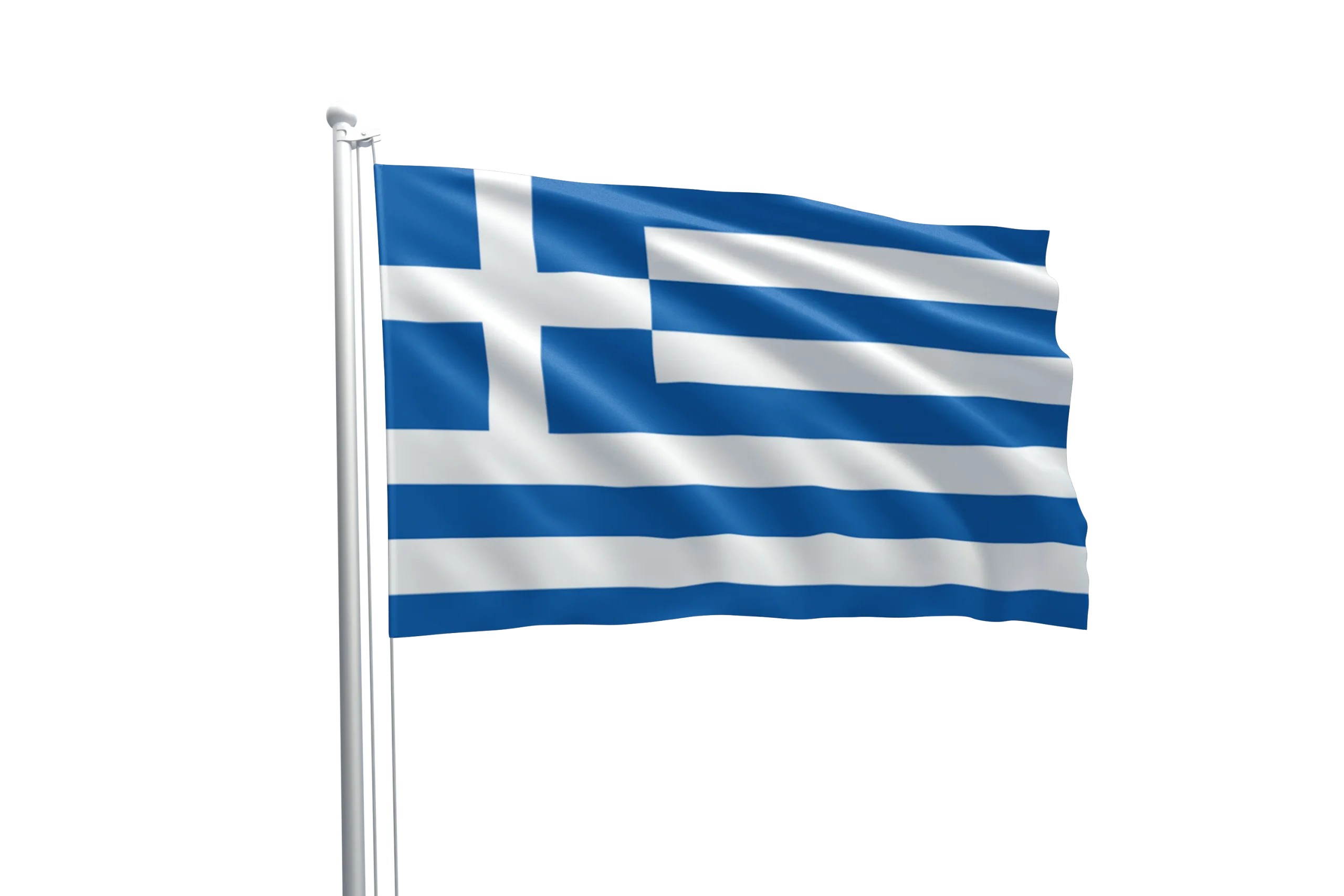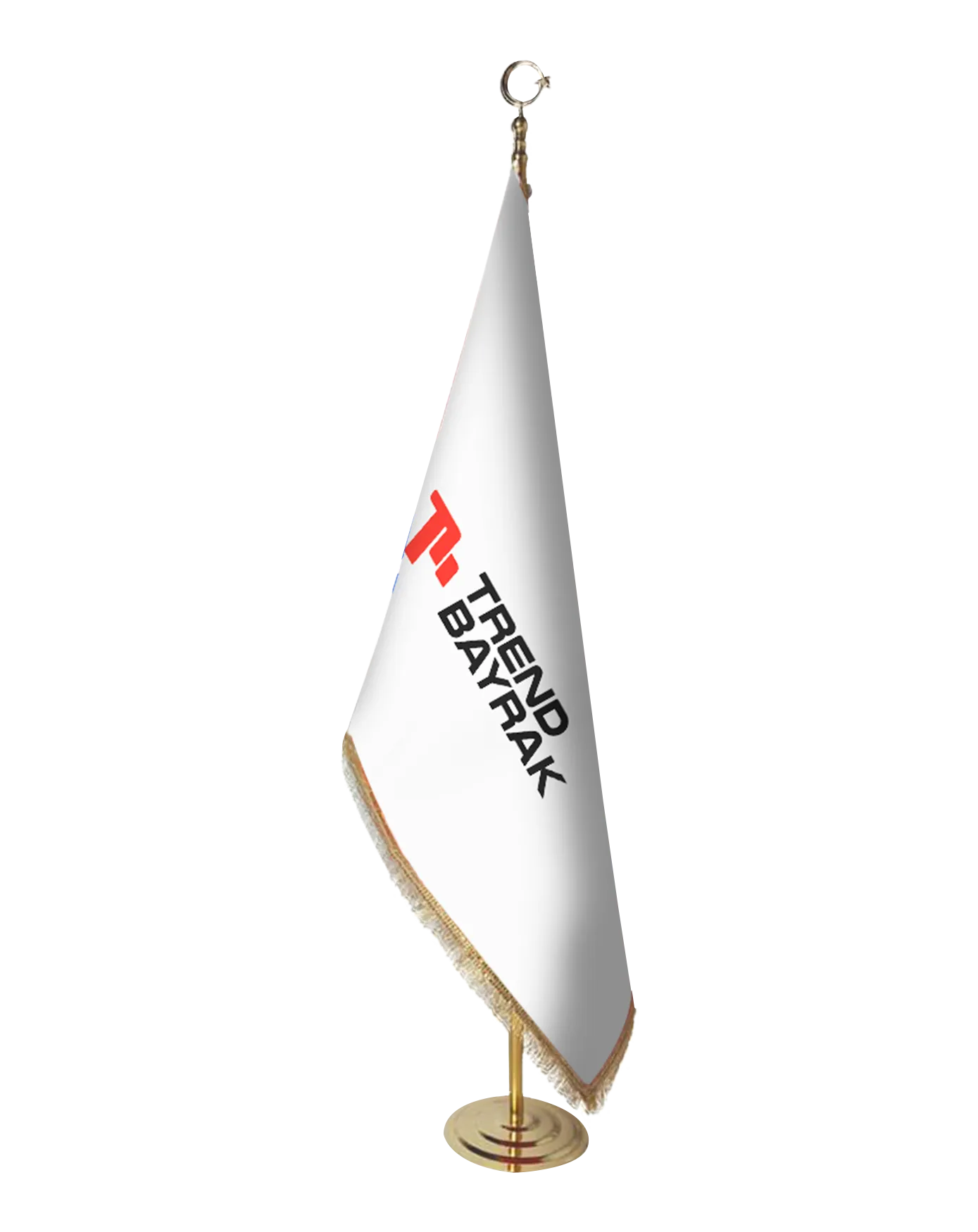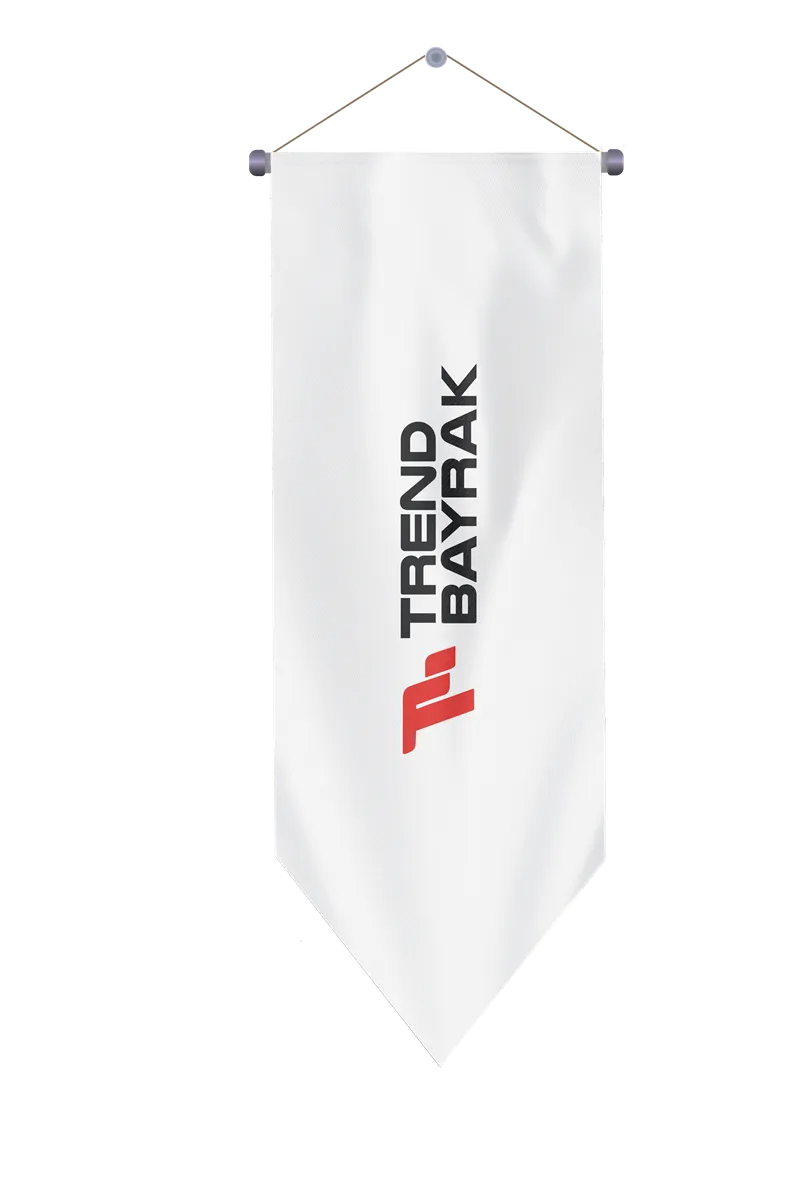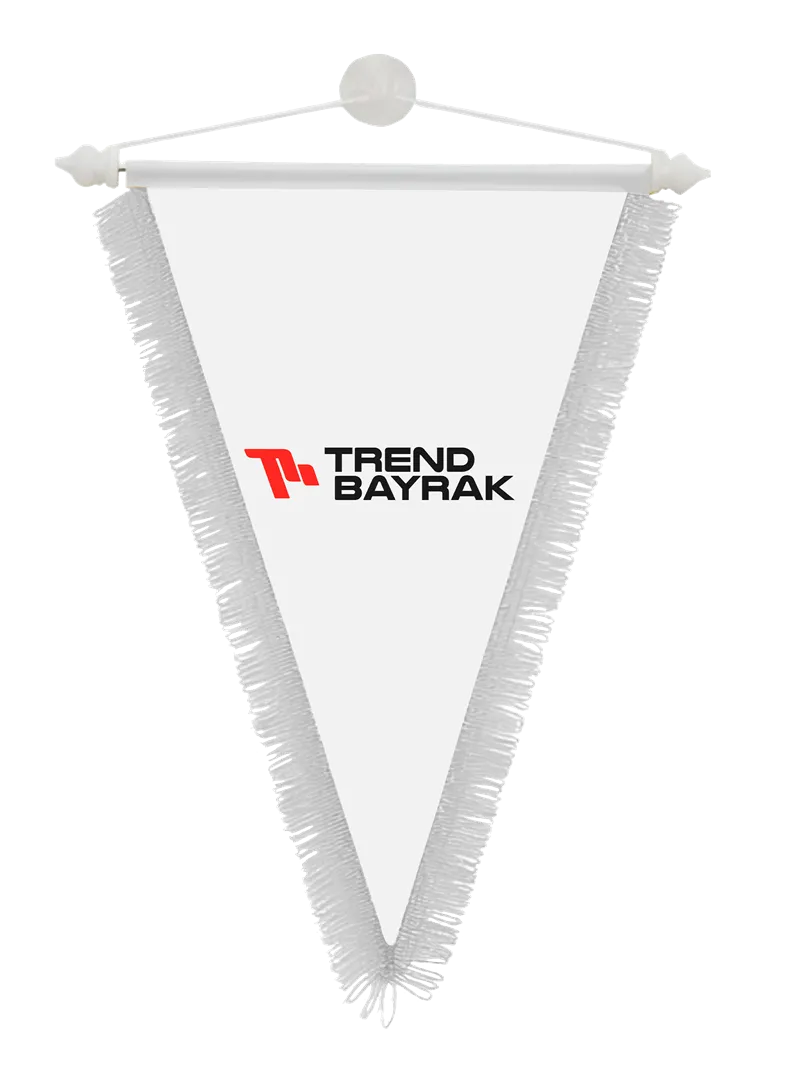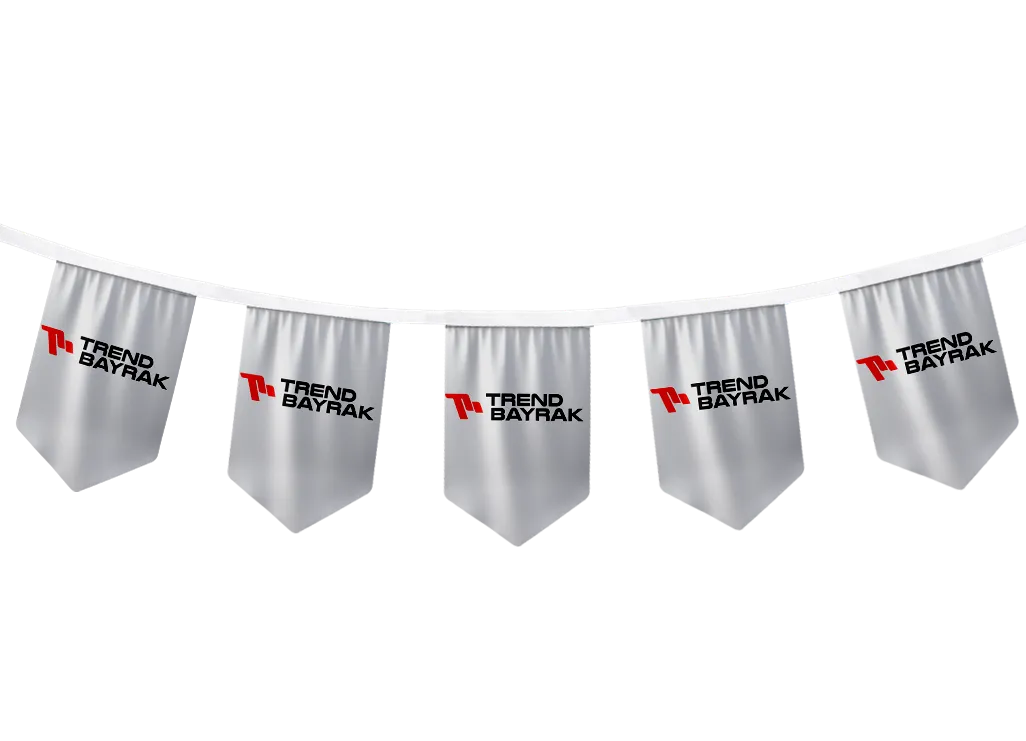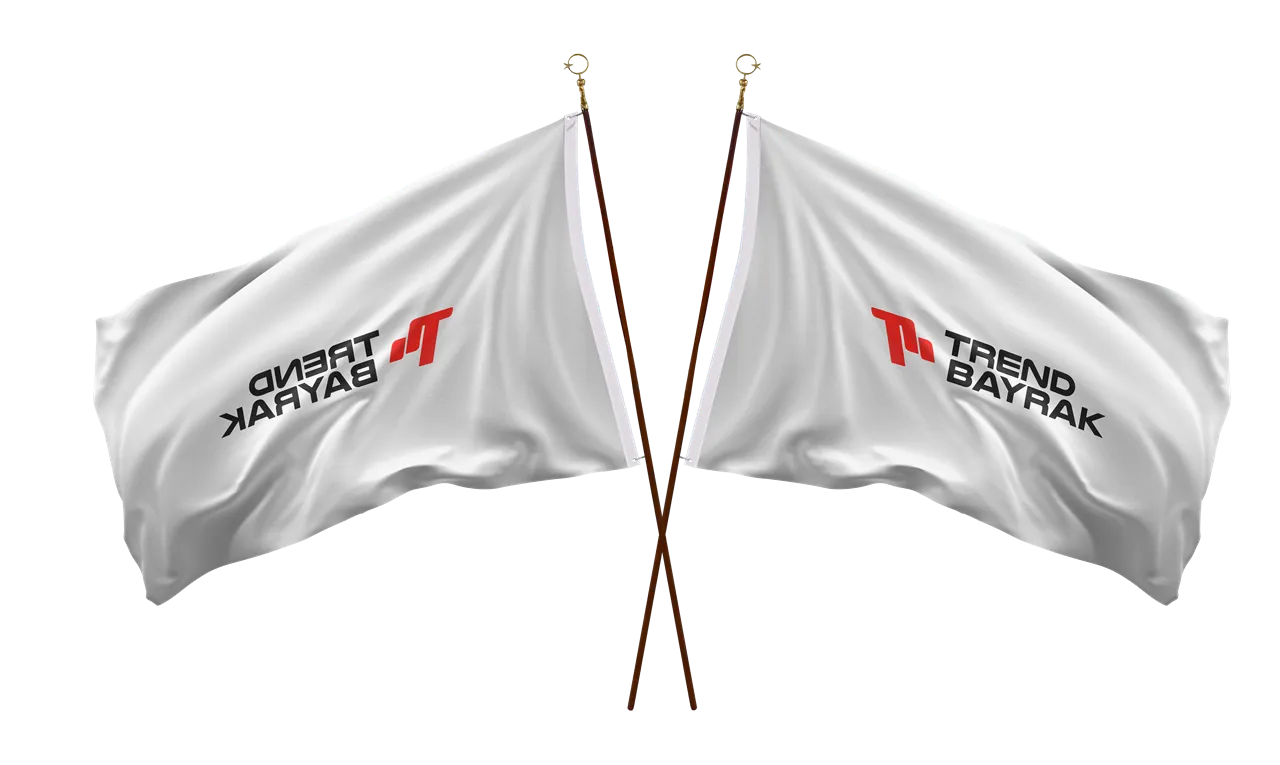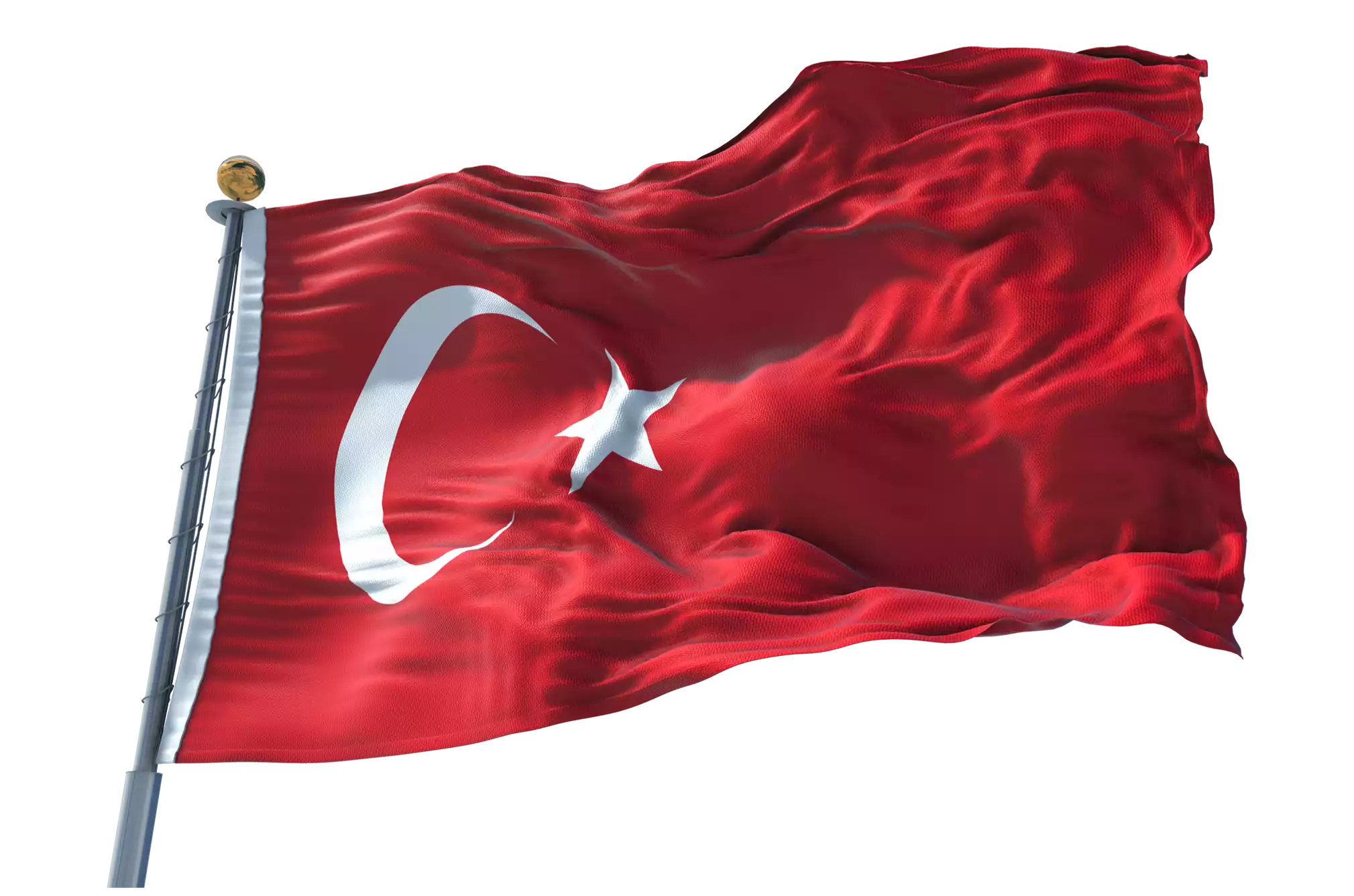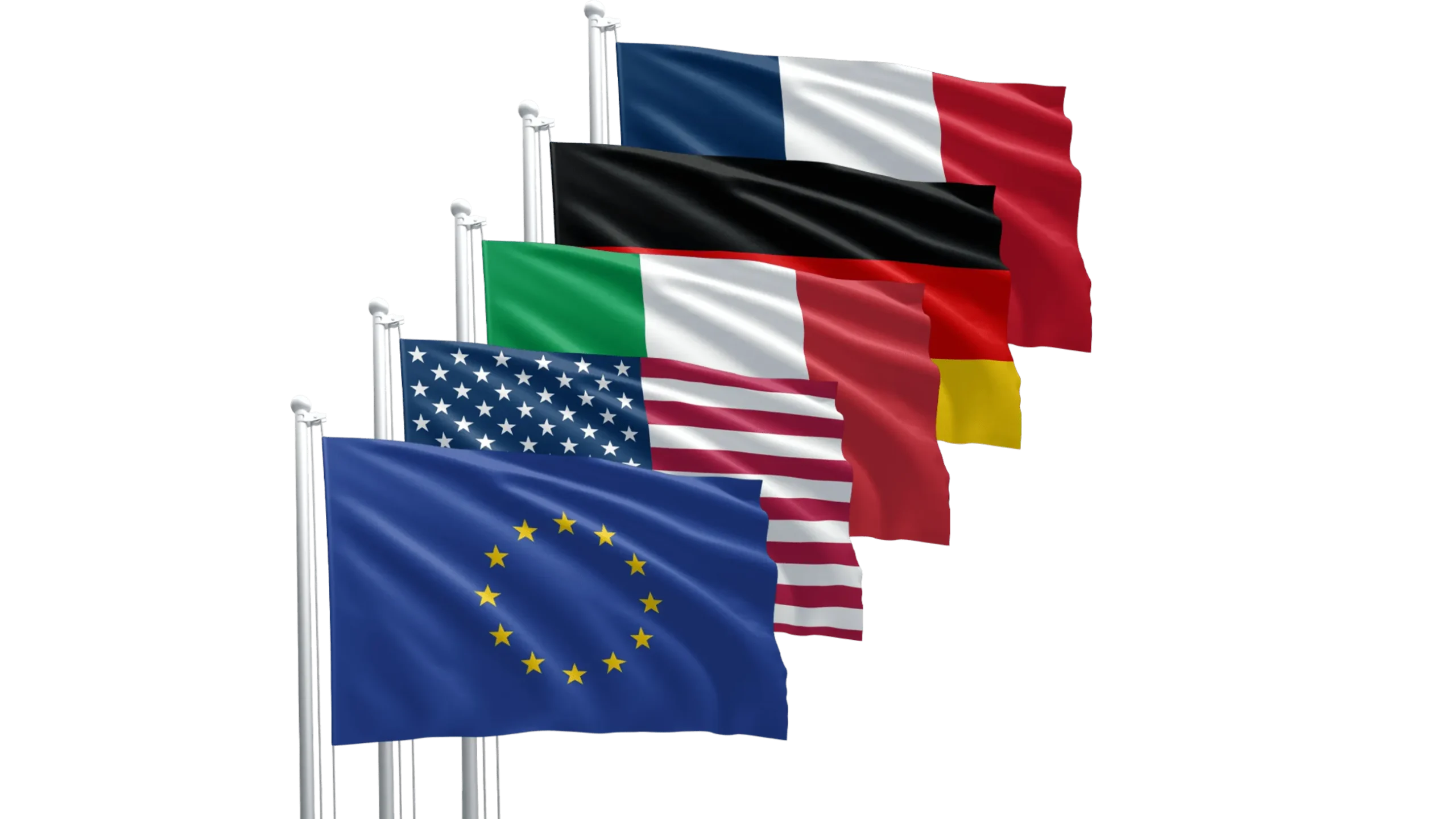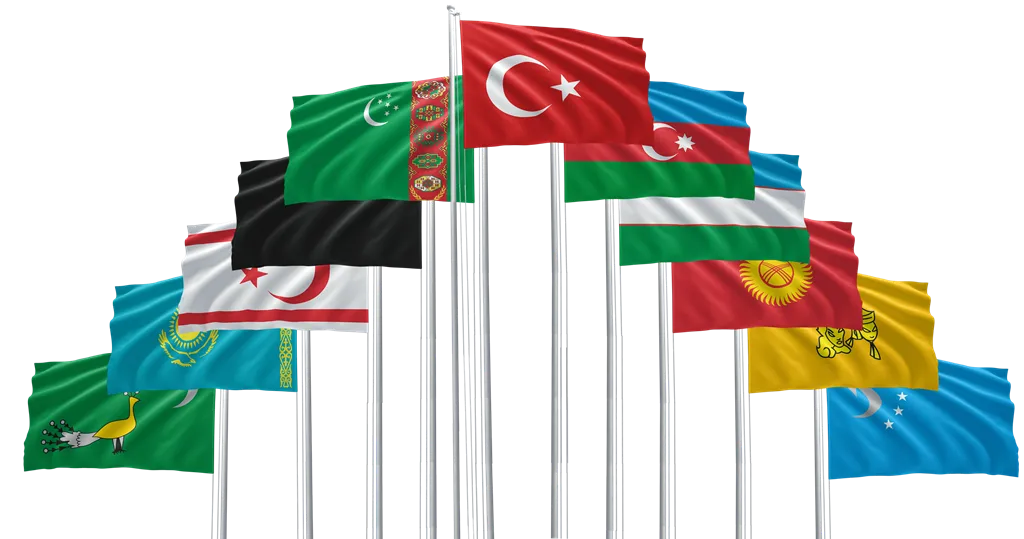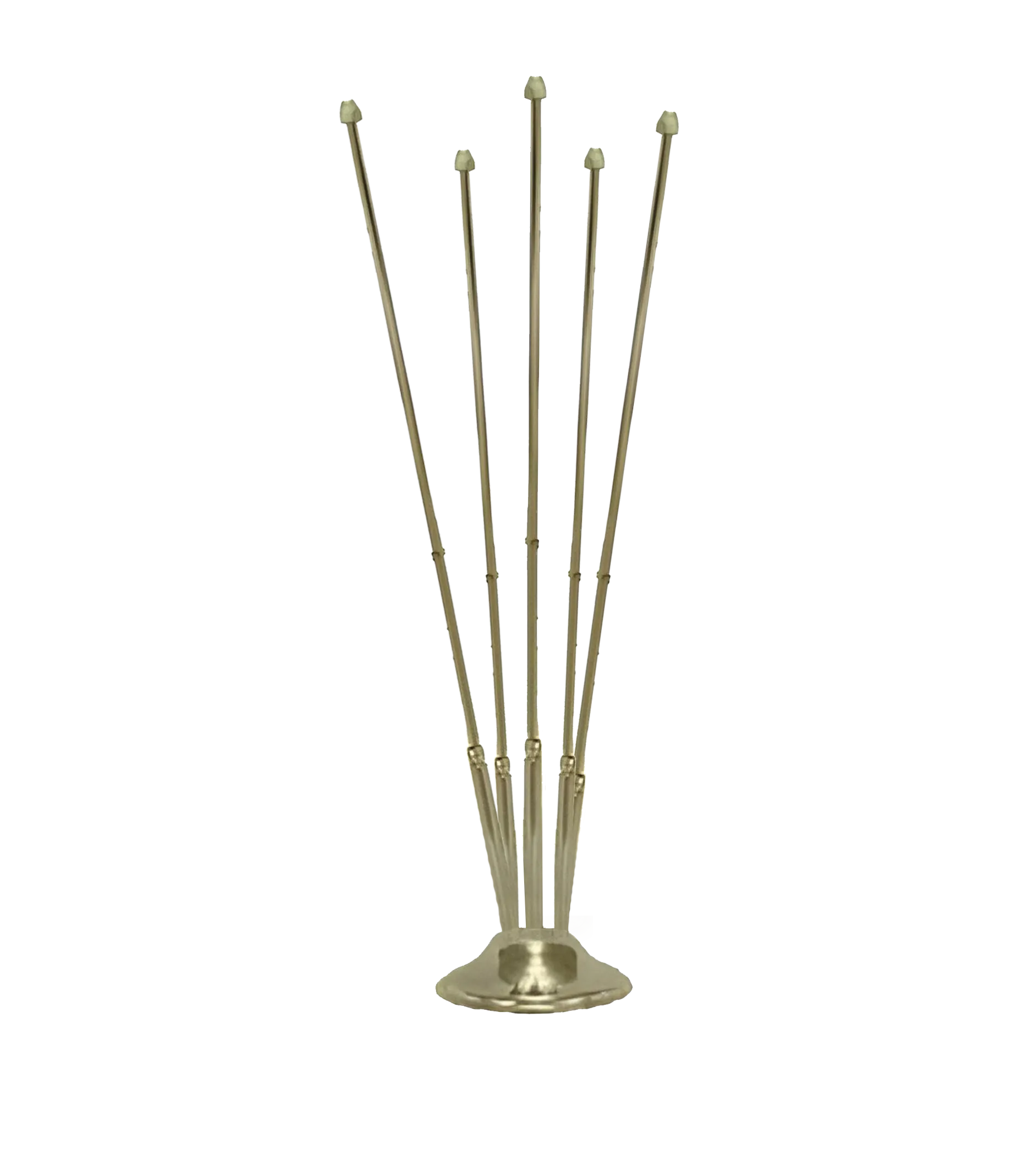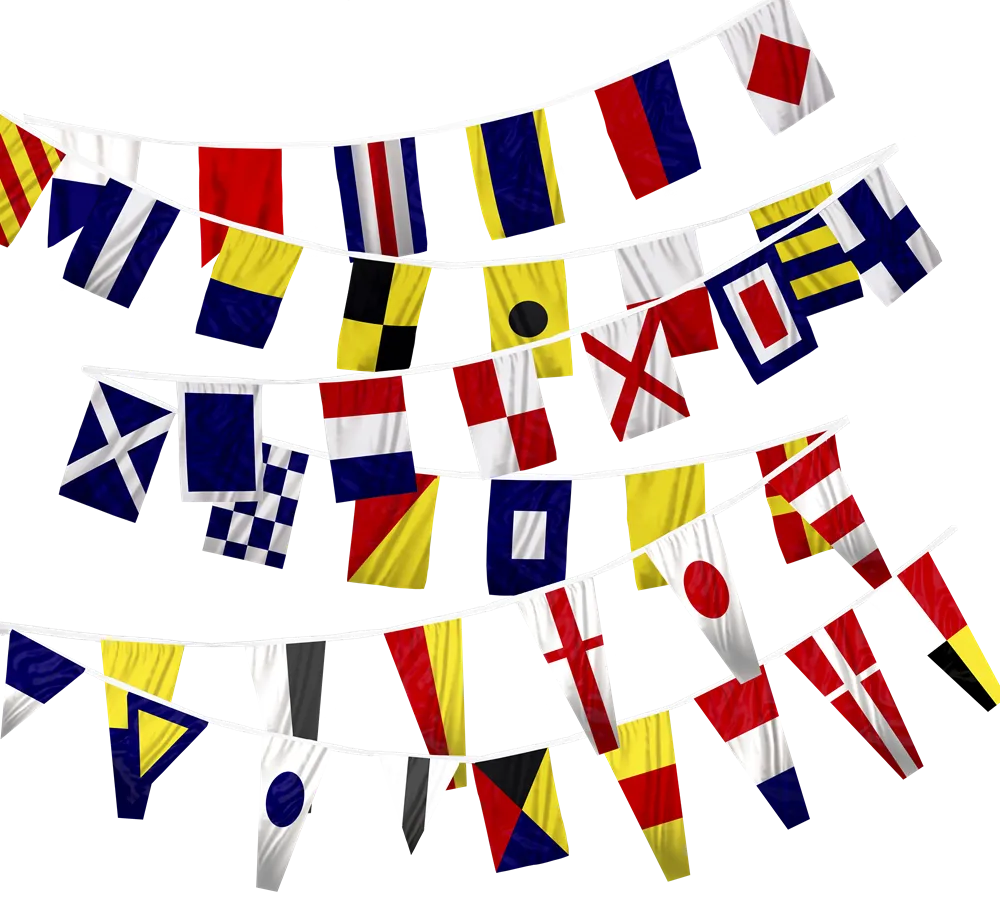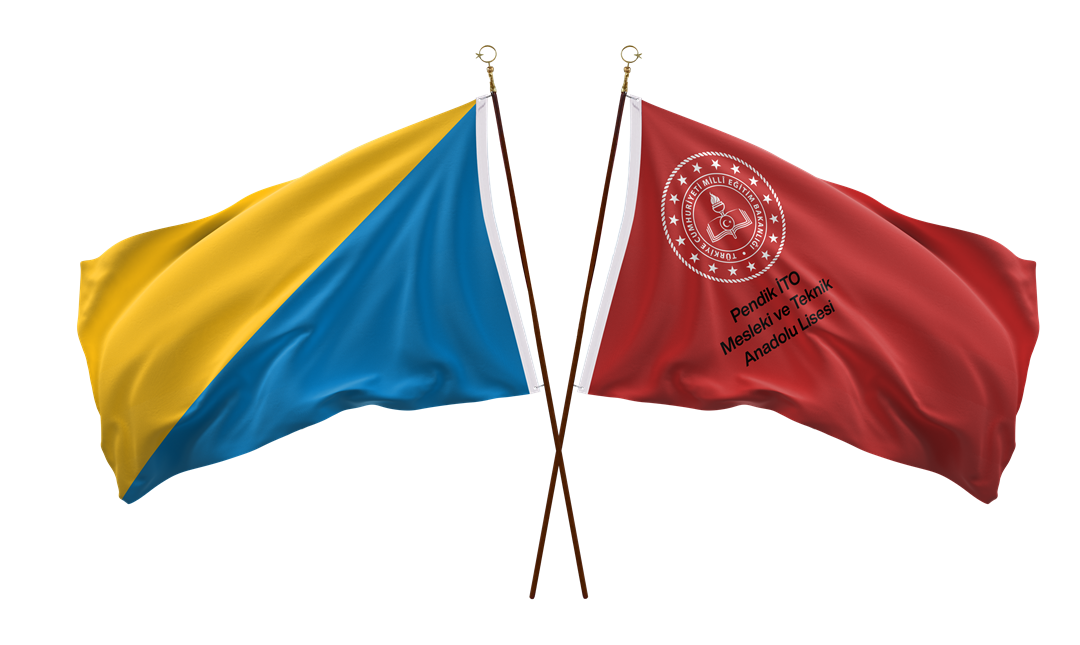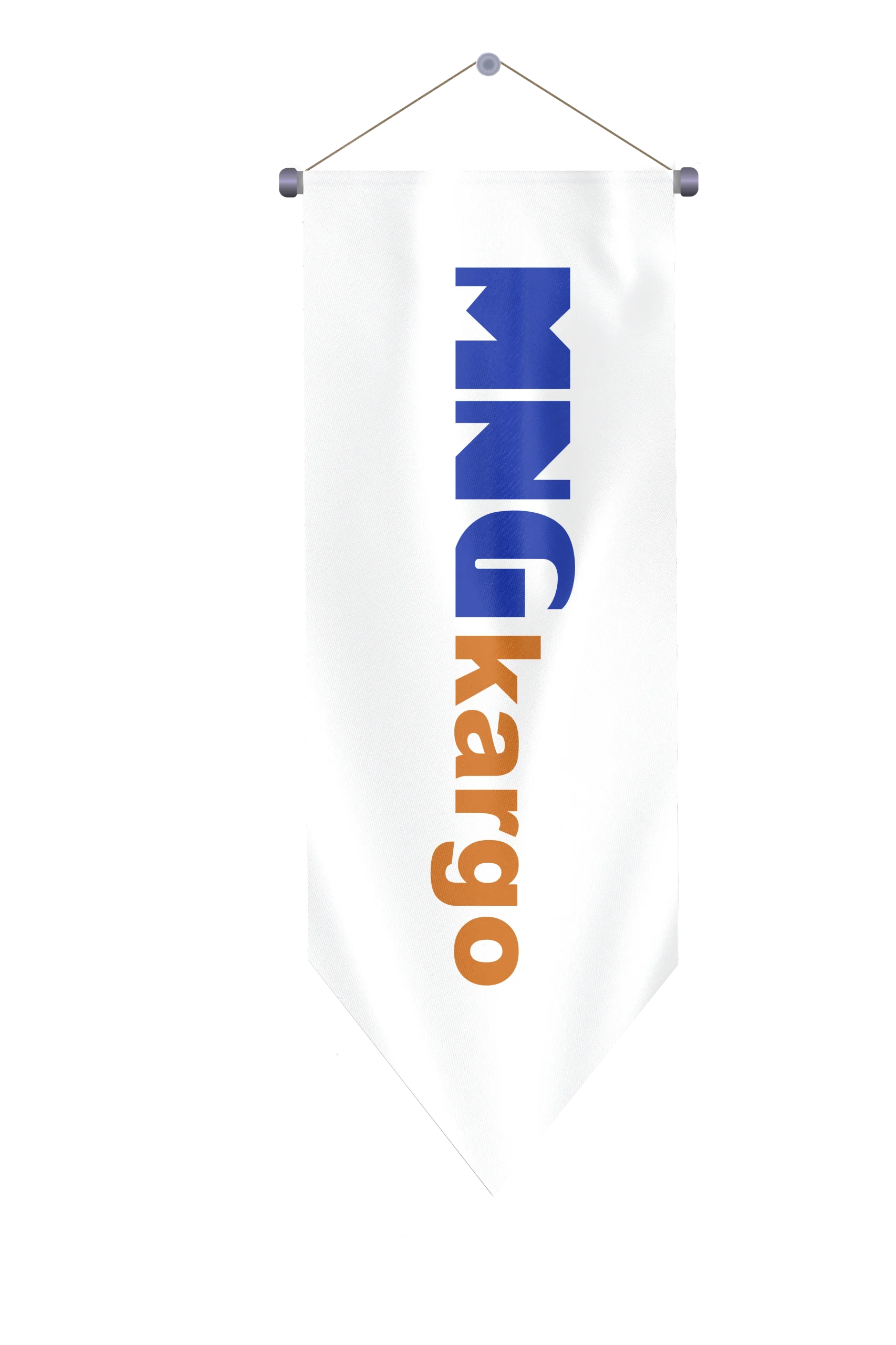Flag of Greece
Country flags are used indoors and outdoors, from official ceremonies to various organizations. They are frequently supplied by consulates, associations, political parties, companies, hotels and fair organizations. Another name is state flags.
- The 3 sides of our products are produced with double needle technique as standard.
- Extra column reinforcement to the wick part is made as standard in large sizes
- Folded one by one and packed with gelatin.
History of the Flag of Greece
The flag of Greece is the flag used in Greece, Turkey’s neighbor in the Aegean Sea, with which Turkey often has problems. Although different versions of this flag have been used in the past, the flag in use today was adopted in 1978. After the adoption of the flag, it has continued to be used until today without any changes. The flag of Greece, like the flags of many other countries, is guaranteed by the constitution and its rules in all matters are determined. As a symbol of the country’s independence, this flag continues to exist in a wide variety of places.
Flag of Greece Meaning
The flags of all countries in the world have a specific meaning. No country uses random colors or symbols when drawing its flag. The basis of the meanings attributed to flags is to keep the nation together and at the same time to give some messages to foreign countries. For this reason, the colors and symbols used on flags are usually inspired by events in the history of the country. The flag of Greece also carries some meanings in itself. This flag is basically designed using two different colors. One of these colors on the flag is blue and the other is white. In the upper left corner of the flag, there is a white cross on a blue background. This cross on the flag of Greece represents the country’s commitment to religion. It also reveals a purpose such as the union of crusader countries. The flag of Greece consists of 9 stripes in areas other than the cross. These stripes are arranged in a repeating pattern, one blue and one white. According to rumors, these stripes represent the demands of Greece from the Ottoman Empire. However, there is no definite information about what these demands were. A more precise claim is that during Greece’s war of independence, its sailors wore blue and white clothes. Another meaning of the blue and white colors used on the flag of Greece is the color and foam of the Aegean Sea. Even today, the Aegean Sea is of great importance for Greece. The country’s love for this sea is also reflected in its flags.
Greece Flag Dimensions
During the design of flags, not only the colors and symbols to be used, but also the dimensions of the flag are decided and written in the constitution. For the flag of Greece, there is also a measurement included in the Greek constitution. This measurement is 1:2. If this measure is not respected in flag production, the flags produced are considered defective. In addition, the dimensions of the cross on the flag and the order and angle in which the horizontal columns should be placed on the flag are also clearly stated in the constitution. Therefore, before the production of the flag of Greece, the section on the flag in the country’s constitution should be thoroughly examined. These measurements should be taken into account not only in the production of flags, but also in the painting of their flags.
Greece Flag Usage Areas
The flag of Greece, one of the greatest symbols of the country’s independence, is frequently used for this purpose at home and abroad. The most important place where the flag of the country is located is the area in front of the United Nations Headquarters. The countries whose flags are displayed here are independent countries whose sovereignty is recognized by the whole world. Also in Greece, the flag of Greece is displayed in front of the parliament and at the entrances of state institutions. This is one of the biggest proofs of the country’s independence. In addition, the use of flags is also common in crowded squares and official state ceremonies that are frequently visited by tourists.


